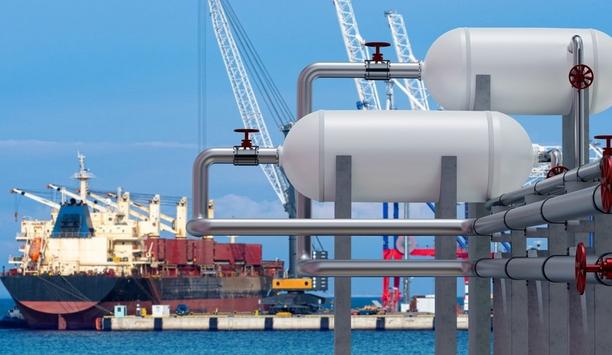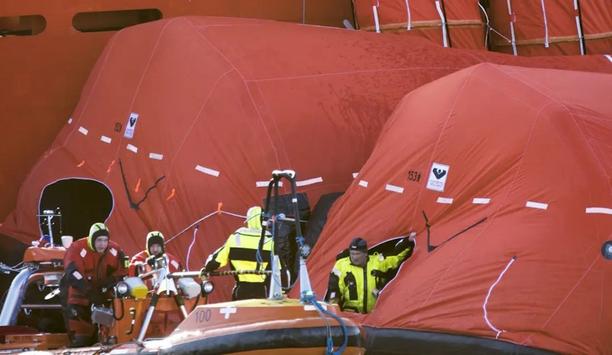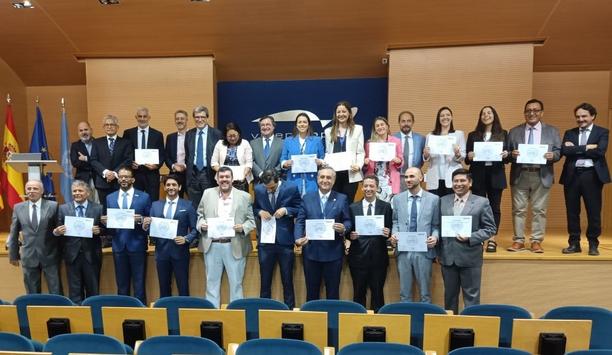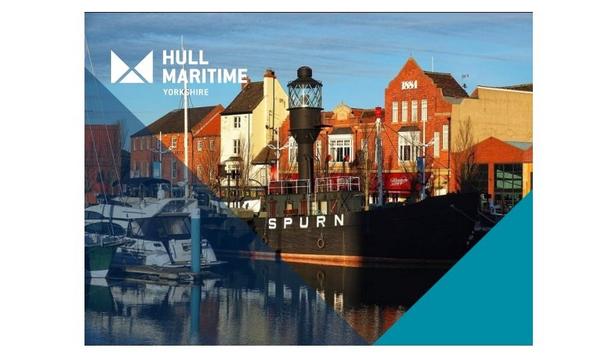International shipping accounts for approximately 3% of global Greenhouse Gas (GHG) emissions, and this will increase in a business-as-usual scenario.
To decarbonise the maritime industry, there will be a massive need for green fuels and associated technologies. In particular, scalable zero-emission fuels (SZEF) such as green hydrogen and green ammonia are considered the most promising fuels for shipping’s energy transition.
Author's quote
“In the past years, the global maritime industry has made rapid gains in developing new innovations and technology to address the challenge of reducing sector emissions and is now heading towards full decarbonisation."
She adds, "The massive demand for zero-emission fuels that will arise constitutes a major growth opportunity for Mexico, having the chance to become a future powerhouse for international shipping in Latin America,” says Ingrid Sidenvall Jegou, Project Director at Global Maritime Forum.
P4G-Getting to Zero Coalition report
Mexico’s renewable energy potential will require collaboration among key stakeholders"
With access to both the Pacific and Atlantic Oceans, well-established shipping routes and trade relations to multiple continents, Mexico can, according to the new P4G-Getting to Zero Coalition report, tap into new markets and establish itself as a global energy hub and provider of green fuels. Realising this potential can accelerate the transition to cleaner forms of energy across the wider economy, creating several opportunities for the country.
“As hard-to-abate sectors like shipping strive to meet their 2050 decarbonisation targets, countries like Mexico, with significant renewable energy potential, can position themselves as suppliers of the much needed zero emission fuels underpinning the industry’s transition. Realising Mexico’s renewable energy potential will require collaboration among key stakeholders including governments, ports, industry and finance to drive down costs of green fuels and enable scaled production,” says Pedro Gomez, Head of Platform for Shaping the Future of Mobility at the World Economic Forum.
New revenue streams
Being part of the transition for shipping and investing in itself, Mexico could create new revenue streams from SZEF exports and bunkering, establish green hubs and ports, as well as open possibilities for green corridors along key shipping routes. According to the report, estimates show that the development of green fuel infrastructure to serve Mexico’s shipping sector could attract investment of up to $37-53 billion MXN ($1.9-2.7 billion USD) in onshore infrastructure by 2030.
After extensive consultation with key Mexican stakeholders, the report names three key opportunities for Mexico, including the port of Manzanillo, DH2 Energy activities in Central Mexico, and Baja California, that each have the potential to benefit from production, offtake, and distribution of SZEFs. However, essential to unlocking these opportunities is a facilitative policy and financial framework capable of effectively motivating and convening key actors across sectors and value chains.
International climate representation
Mexico lacks a favourable ecosystem politically and financially to leverage benefits
Presently, Mexico lacks a favourable ecosystem both politically and financially to leverage benefits from the production and use of SZEF, especially given the current administration’s preference to continue exploiting the country’s fossil fuel resources.
“For every country shipping’s transition will be a unique experience. For Mexico, it is an opportunity to take advantage of its renewable energy potential and proximity to major shipping activity to become a producer and provider of future fuels. Yet Mexico also has an opportunity to harmonise its domestic energy focus with its international climate representation and create a policy landscape that facilitates transition investments and innovation, while meeting many of its sustainable development goals,” says Dr. Alison Shaw, Shipping Policy Lead at UCL Energy Institute.
Zero Coalition Partnership’s report
As other countries in Latin America take steps to prepare their own bunker supply chains and engage with the international shipping sector, Mexico should take quick and strategic action to position itself as a competitive producer and exporter of SZEF. With appropriate incentives and targeted action towards encouraging investments into renewable energy and fuel production, Mexico can gain a competitive advantage in the bunkering and export of SZEF in Latin America, the report concludes.
“As Mexico charts its path towards sustainable development, this report highlights tangible steps the country can take to produce green fuels. This will help create jobs, expand clean energy across sectors and attract green investment. P4G is pleased to support the Getting to Zero Coalition Partnership’s report, so Mexico can leverage this momentum and take the quick action needed to transition to zero-emissions shipping,” says Ian de Cruz, Global Director at P4G.












